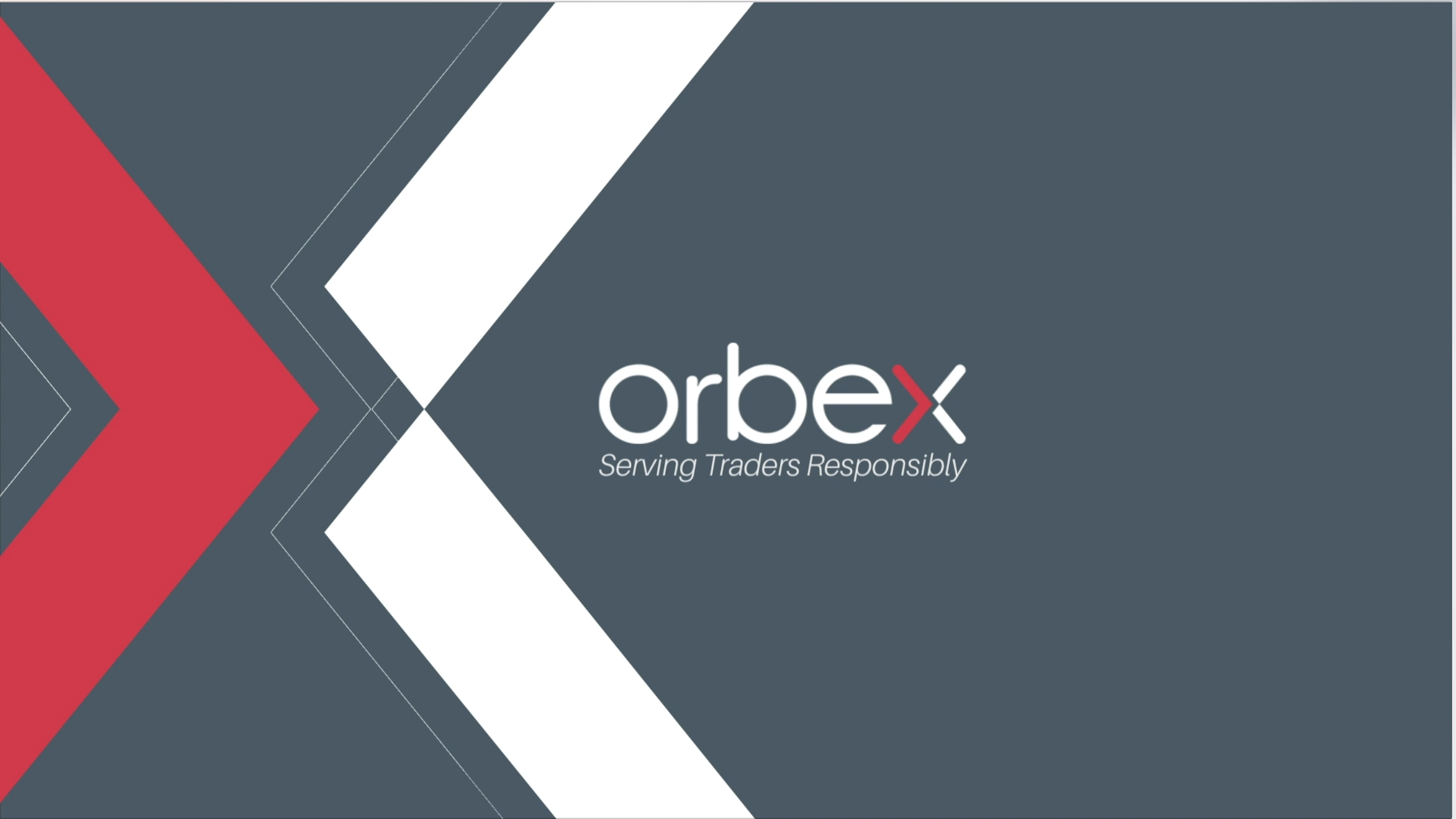By Orbex
The monthly consumer price index data will be released by the US Department of Commerce today.
According to the median expectations, consumer prices are forecast to rise slightly higher in July. This would mark a modest increase in inflation. However, it will, by no means change the underlying narrative from the Fed.
Expectations are for the headline inflation rate to inch higher to 1.7% on the year ending July. This marks a modest increase from the 1.6% print from the previous month.
On a month over month basis, headline inflation is forecast to rise 0.3% in July, higher than June’s print of 0.1%.
The core inflation rate, which excludes the volatile food and energy prices, is forecast to remain steady at 2.1%. It has been steadily anchored around the 2.1% level for the past few months, on a year over year basis.
Free Reports:
 Get Our Free Metatrader 4 Indicators - Put Our Free MetaTrader 4 Custom Indicators on your charts when you join our Weekly Newsletter
Get Our Free Metatrader 4 Indicators - Put Our Free MetaTrader 4 Custom Indicators on your charts when you join our Weekly Newsletter
 Get our Weekly Commitment of Traders Reports - See where the biggest traders (Hedge Funds and Commercial Hedgers) are positioned in the futures markets on a weekly basis.
Get our Weekly Commitment of Traders Reports - See where the biggest traders (Hedge Funds and Commercial Hedgers) are positioned in the futures markets on a weekly basis.
On a monthly basis, we can expect the core inflation rate to slow to 0.2%, down from 0.3% in June.

The general expectation for an increase in consumer prices falls in line with the overall trends in inflation. Data from various other economies released so far shows that inflation managed to rise in July.
The gains in inflation were partly due to higher oil prices, which lift energy prices as well. WTI crude oil rose to almost $61.00 a barrel in July. This was a two-month high in oil prices after crude oil fell sharply in May this year.
As a result, the increase in consumer prices in the United States falls in line with the underlying global trend.
Inflation Data Unlikely to Move Markets or Impact Fed
The CPI data that will come out today will continue to see the Fed remaining on the sidelines. The central bank had previously noted that the rate cut it delivered in July wasn’t the start of an easing cycle.
On the contrary, the rate cut was seen more of an adjustment, in response to the uncertain economic conditions.
Even a strong beat on the estimates will not play a big role. Investors are more likely to wait and assess for data further down the line. On the contrary, if inflation data misses the estimate, resulting in a lower annualized print, it could have some impact.
This comes as the market expectations and that of the Fed’s remain disconnected at the moment. With the central bank maintaining that it is in no rush to lower rates, it would take further deteriorating conditions to compel the Fed to cut again.
Initially, investors expected the Fed to cut rates in July by 50 basis points. However, Fed officials responded by delivering just a quarter-point rate cut. However, speculation remains that the central bank will cut one more time this year.
But for the most part, the speculation of a rate cut will be data-dependent rather than a set course.
How the Federal Reserve will respond will depend on how inflation, one of the key things that the Fed looks at, will trend in the coming months.
Besides fuel prices, the ongoing trade wars which recently morphed into currency wars will also have an impact on consumer prices.
Slower Pace of Inflation Could Boost Economy
Various forward-looking surveys have also pointed to the fact that a weaker pace of increase in consumer prices could help revive the economy. The US economy has been maintaining a slower pace of momentum. This is evident in the somewhat slower pace of GDP growth.
As a result, weaker inflation will keep consumers spending more amid the Fed maintaining the interest rates at a steady level.
By Orbex